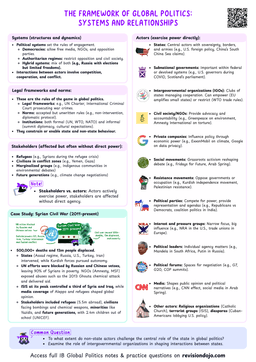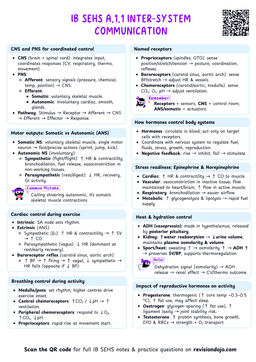Understanding Non-Violent Conflict

Non-violent conflict
Non-violent conflict refers to disputes and struggles where parties seek to achieve their goals without using physical force.
- These conflicts can occur at various levels, including:
- Local: Community protests against environmental degradation.
- National: Civil rights movements demanding policy changes.
- Global: International campaigns against climate change.
- Non-violent conflict is not the absence of conflict but rather a different way of engaging in it. It involves strategies that avoid physical violence while still exerting pressure or influence.
Key Characteristics of Non-Violent Conflict
- Peaceful Tactics: Emphasizes methods like protests, strikes, and negotiations.
- Moral Legitimacy: Often seen as more legitimate than violent conflict, attracting broader support.
- Diverse Participation: Involves a wide range of actors, including civil society, NGOs, and international organizations.
- Long-Term Focus: Aims for sustainable change by addressing root causes rather than symptoms.
- When analyzing non-violent conflict, consider the goals, strategies, and actors involved. This helps you understand the dynamics and potential outcomes of the conflict.
Types of Non-Violent Conflict
1. Civil Disobedience
- Civil disobedience involves deliberately breaking laws or regulations to protest perceived injustices.
- It is often non-violent and aims to raise awareness or pressure authorities to change policies.
- The Civil Rights Movement in the United States used civil disobedience, such as sit-ins and marches, to challenge segregation laws.
2. Protests and Demonstrations
- Protests are public gatherings where people express their opposition to specific issues.
- They can be peaceful or disruptive, depending on the tactics used.
- The Arab Spring began with peaceful protests demanding political reform across the Middle East and North Africa.
3. Strikes and Boycotts
- Strikes involve workers refusing to work to demand better conditions or wages.
- Boycotts are organized refusals to buy products or services to pressure companies or governments.
- The Montgomery Bus Boycott (1955–1956) was a pivotal moment in the U.S. Civil Rights Movement, leading to the desegregation of public transportation.
4. Negotiation and Mediation
- Negotiation and mediation involve dialogue between conflicting parties to reach a mutually acceptable solution.
- These methods are often facilitated by neutral third parties.
- The Good Friday Agreement (1998) ended decades of conflict in Northern Ireland through negotiation and mediation.


